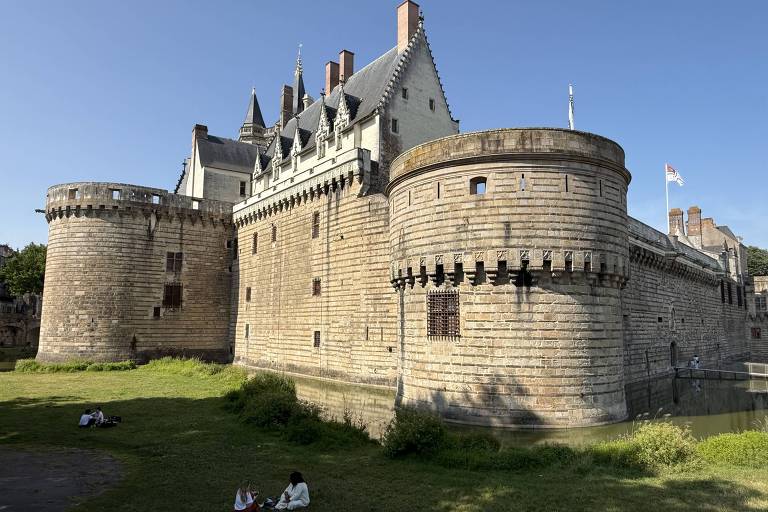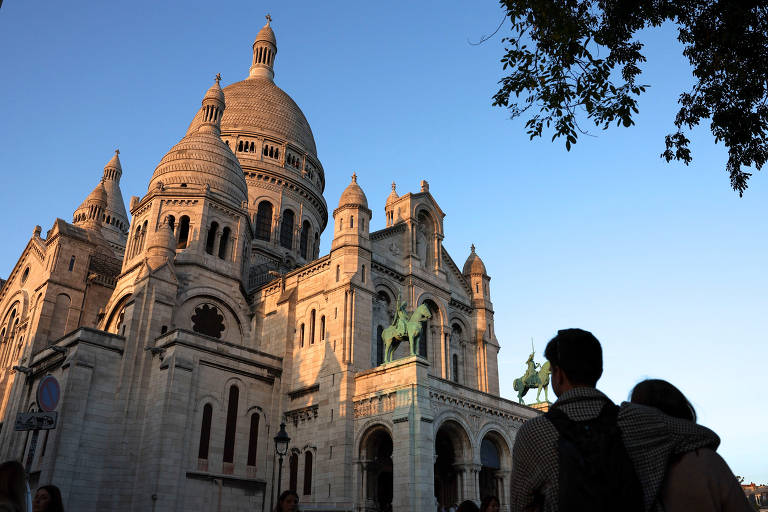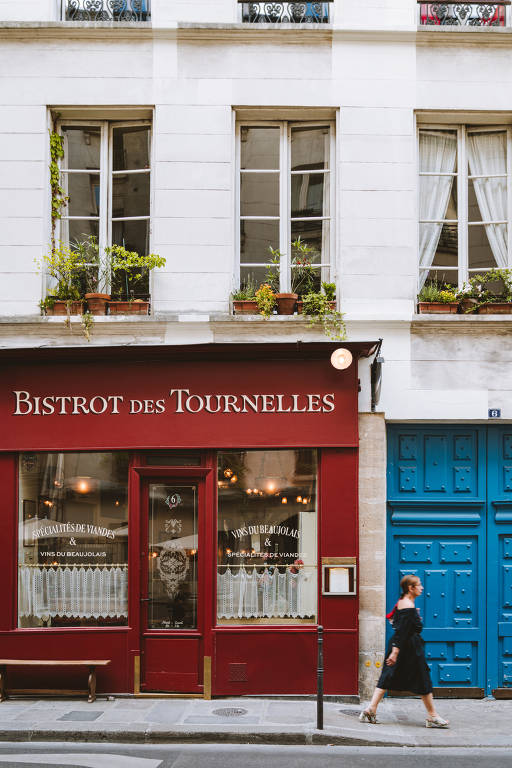Discover Nantes, the French city that inspired Jules Verne's books

It was by witnessing the hustle and bustle of ships in the port of Nantes that Jules Verne became a writer. This western French city inspired works such as "Twenty Thousand Leagues Under the Sea" and "Around the World in 80 Days," two 19th-century classics.
Nantes is no longer a hub of maritime trade, but the city remains vibrant. A two-hour train ride from Paris , off the beaten tourist track, it's worth a visit—accompanied, perhaps, by a Verne novel.

Begin your journey at the Château des Ducs de Bretagne, in the old city center. Not only is it an impressive structure dating back to the 13th century, but the fortress now houses a museum dedicated to the history of Nantes.
Visiting the courtyard and ramparts is free. From atop the wall, you can see the surrounding area, which may be sufficient for those looking to save money. The 9-euro (R$58) entrance ticket grants access to the castle's interior, which tells the story of Nantes.

The museum provides a good overview of the city's history. It shows, for example, that Nantes reached its peak in the 15th century, when it was one of the centers of the Duchy of Brittany. It was only in the following century that the region became part of France.
On the banks of the Loire River, which flows into the Atlantic, Nantes benefited from maritime trade. This included, in the modern era, the slave trade, which was central to the city's history (and appears in Verne's literature).
The city doesn't hide this regrettable past. Instead, it harshly criticizes it within the museum. Outside the castle, there's also a memorial to the abolition of slavery, depicting the hundreds of ships that set sail from Nantes.
After the castle, the ideal place to visit would be the 15th-century Nantes Cathedral. However, the building was the victim of an arson attack in 2020 , which destroyed part of its treasures. Its restoration has not yet been completed, and the site remains closed.
If you're interested, see the exterior of the cathedral. Then, head to the Jardin des Plantes. This charming botanical park, dating back to the early 19th century, boasts hundreds of plant species, as well as a bust of Jules Verne. Admission is free.

Locals recommend the beautiful late-19th-century brasserie La Cigale for lunch . The interior is stunning, with art nouveau stained-glass windows depicting cicadas. One of the highlights is the sausage with mashed potatoes.
It's an expensive restaurant, however. A full meal, including a glass of wine and dessert, costs around 45 euros (R$290). You could instead stop by in the afternoon for a coffee and a look at its sumptuous decor.
So, back to Jules Verne. There's a museum dedicated to his life and work, displaying documents and manuscripts. The house retains its 19th-century charm, exemplifying how life was lived back then. However, our writer never lived there.
To round off the tour, there's one last bizarre attraction worth mentioning. It's called Les Machines de l'Île. It's an island in the Loire River populated by giant mechanical animals. This mise-en-scène does justice to Jules Verne's creative legacy.
The price for the visit varies depending on the attraction. The machine gallery itself costs 11 euros (70 R$). The highlight, however, is the three-story elephant that walks around the site carrying visitors. A ride costs 9.50 euros (60 R$).
uol







